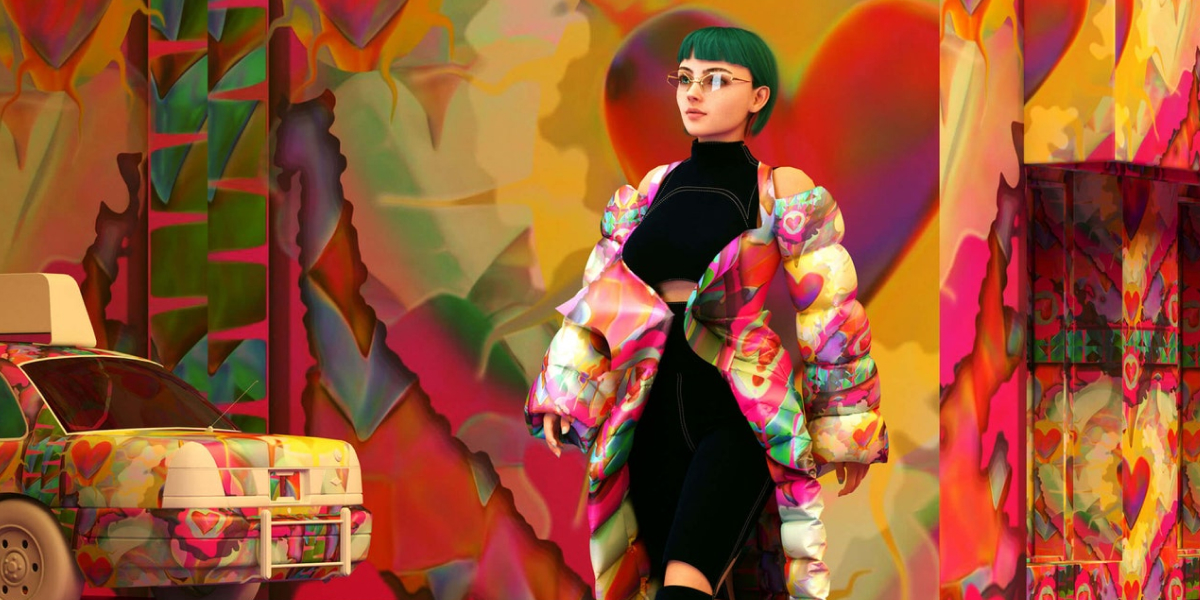Metaverse Fashion Week was recently launched by Decentraland, a collaboration of high-end designers and wearables vendors showcasing non-fungible token (NFT) collections in the blockchain-based virtual world.
Estée Lauder, Dolce & Gabbana, and Forever 21 are among the brands taking part in the virtual fashion event. Many spent weeks claiming metaverse-ready trademarks in what appears to be a preemptive brand protection strategy ahead of their NFT debut.
Pop Up Digital Fashion
With the rise of digital goods and metaverse shopping experiences, Decentraland’s Fashion Week aims to provide a space for people to express themselves and expand their understanding of their own selves through wearables on their avatars, according to Decentraland’s creative director, Sam Hamilton.
Fashion shows, galleries, and brand-hosted panels will pop up across Decentraland’s newly developed Fashion District until March 27.
Metaverse Group, a virtual real estate company, paid a record $2.4 million for the 6,000-square-foot plot last November.
Decentraland: Hitting the runway
Anyone can participate in Metaverse Fashion Week by visiting the website and connecting an Ethereum wallet, or by simply playing as a guest. The website provides coordinates to various corners of the neighborhood where users can participate in the virtual event. There are galleries and shows, as well as shops where you can buy digital wearables.
What’s up with wearables?

Wearables for Decentraland are a cool way for visitors to express some personality and make their avatar stand out.
Decentraland wearables come in all forms and configurations, from hats, boots, and animal masks to full-on manga costumes, pumpkin heads, and raver goggles. This further boosts the economy as artists and designers are involved in creating the digital togs.
Furthermore, all wearables are NFTs with their own marketplace, allowing them to be bought and sold on the open market. It is a good idea to shop around for the best deal, as prices for the same item can vary.
Traditionally, the price has been determined by the number of wearables minted (created). Depending on the quantity available, wearables are divided into categories ranging from Swanky or Uncommon to Rare.
Anyone can now design and create their own Decentraland wearables as of June 2021. Your design will not be minted after it has been created, but will instead be sent to a Curation Committee for approval. If your application is approved, you will be able to mint your wearable(s), which will then be available to use in-world or sell on the open market.
Final thoughts
NFT natives are also getting involved. Rarible, a leading NFT marketplace, will host a pop-up shop called Rarible Street. Boson Protocol, which purchased a plot of land in June to build a metaverse shopping mall, has constructed a boulevard of stores where brands can sell their wearables.
For some brands, it’s an opportunity for R&D; for others, it’s a chance to enter the crypto space by selling metaverse swag.
However, not all brands in the space sell their products as NFTs; some simply display digital versions of their designs. Customers then order the digital product they’re viewing for delivery later.










